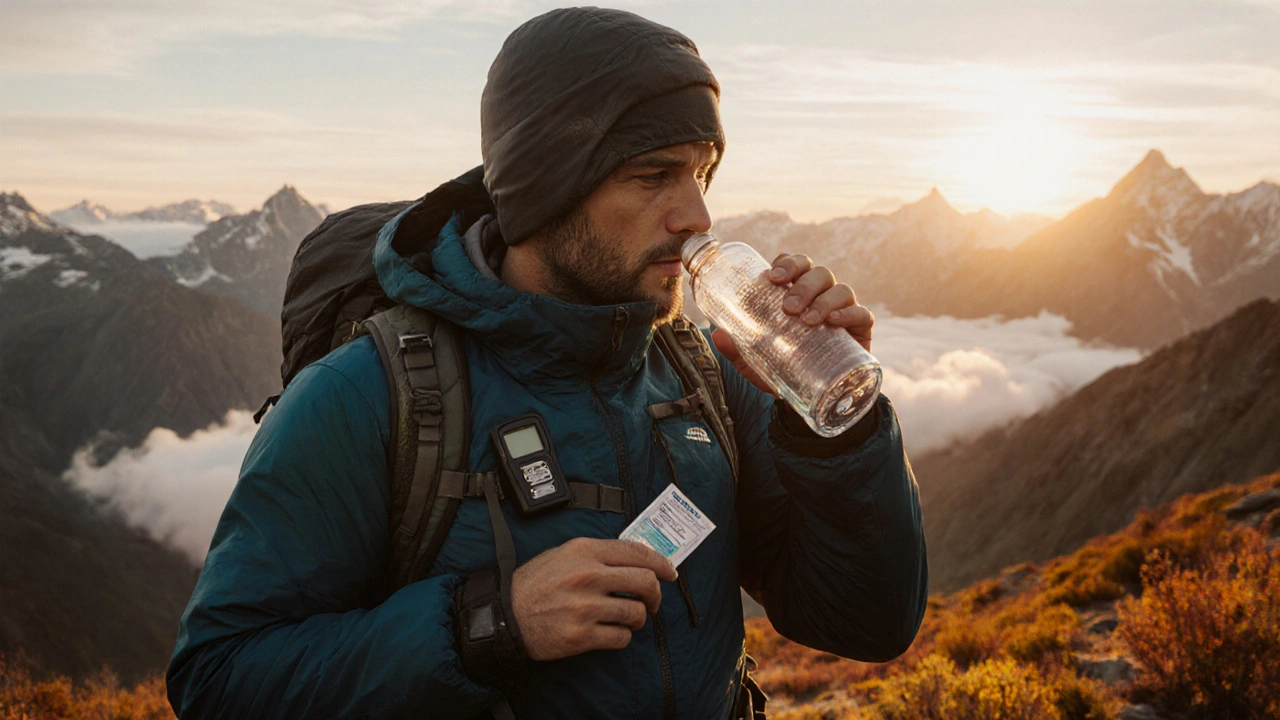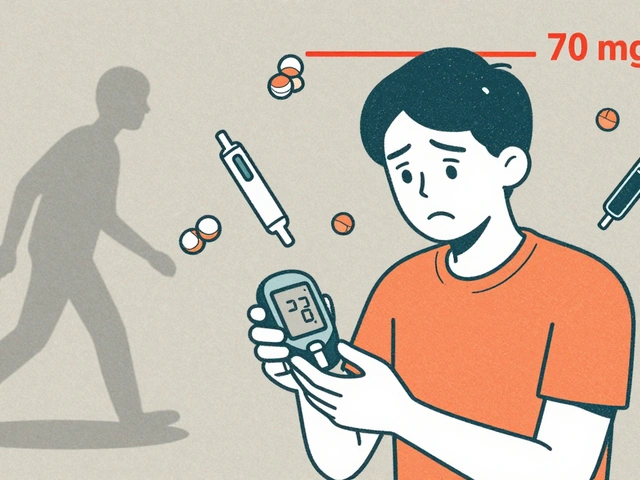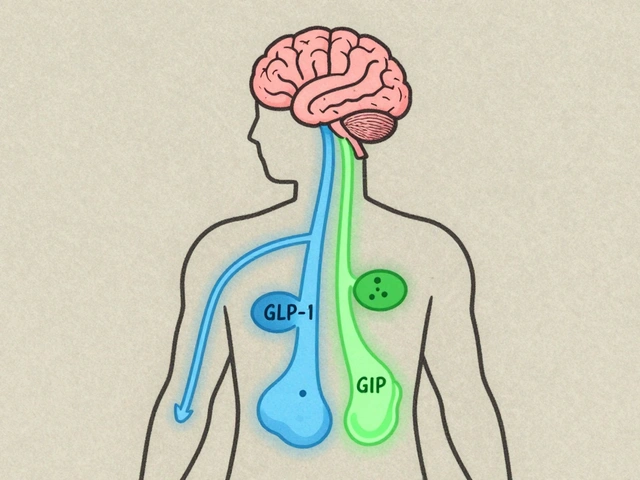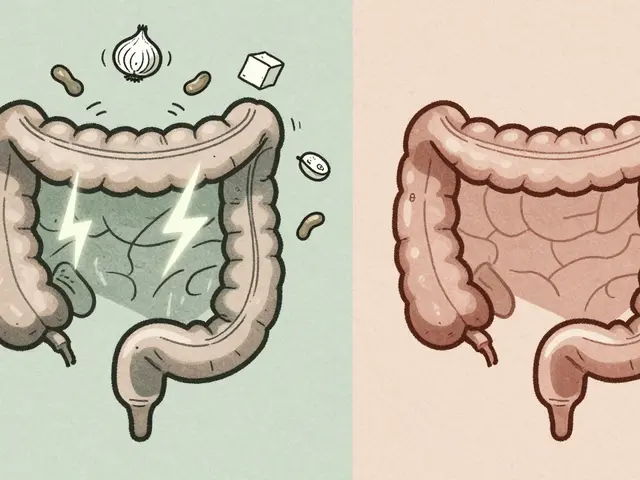Altitude Sickness: What It Is, Risks, and How to Stay Safe
When talking about Altitude Sickness, a collection of health problems that occur when you ascend to high elevations too quickly. Also known as Mountain Illness, it can start with a mild headache and quickly turn into serious conditions like Acute Mountain Sickness (AMS), the most common form causing nausea, dizziness, and fatigue. The body’s response to lower oxygen levels – called hypoxia, insufficient oxygen reaching tissues – drives these symptoms. If you ignore the warning signs, you risk escalating to High‑Altitude Pulmonary Edema (HAPE), a fluid build‑up in the lungs, or High‑Altitude Cerebral Edema (HACE), swelling of the brain. Both can be life‑threatening. The good news? Simple steps like proper acclimatization, gradually allowing your body to adjust to thinner air and staying hydrated dramatically cut the odds of getting sick. So, before you head up that mountain trail, ask yourself: am I giving my body enough time to adapt?
Key Factors and Prevention Tips
Altitude sickness encompasses several sub‑conditions, each with its own triggers and treatments, but they all share the same root cause: rapid exposure to reduced oxygen pressure. The first line of defense is a slow ascent – aim for no more than 1,000 feet (300 meters) gain per day once you’re above 8,000 feet (2,500 meters). This gradual climb lets your breathing rate increase naturally, boosting oxygen delivery without overtaxing the heart. If you must climb faster, consider prophylactic medication like acetazolamide; it speeds up the breathing response, helping your body cope with hypoxia. Hydration is another simple yet powerful tool – dehydration thickens blood, making it harder to transport oxygen. Pack electrolyte‑rich drinks and sip regularly. Nutrition matters, too; carbs provide quick energy that your body can convert to oxygen more efficiently than fats. Finally, listen to your body. Early signs such as mild headache, loss of appetite, or insomnia are clues that you need to pause, descend a bit, or rest an extra day. Ignoring them can push you toward HAPE or HACE, which demand immediate descent and medical care.
Below you’ll find a curated set of articles that dive deeper into each of these topics. From detailed comparisons of medication options to practical guides on managing motion‑related symptoms, the collection offers actionable advice that fits every level of experience. Whether you’re planning a weekend hike or a multi‑day trek, the insights here will help you recognize warning signs early, choose the right prevention strategy, and stay healthy at altitude. Let’s explore the resources and sharpen your high‑altitude game plan.

- Sep 29, 2025
- Posted by Cillian Osterfield
Altitude Sickness and Nausea: Proven Prevention & Treatment Tips
Learn how to stop nausea caused by altitude sickness, with proven prevention steps, medication guides, and emergency treatment tips for safe high‑altitude travel.
Categories
- Health and Wellness (60)
- Medications (44)
- Health and Medicine (22)
- Pharmacy Services (11)
- Mental Health (5)
- Health and Career (2)
- Medical Research (2)
- Business and Finance (2)
- Health Information (2)
Latest Posts
©2025 heydoctor.su. All rights reserved





